Adding attic insulation over questionable vapor barrier
My home in upstate NY was built in the early 1960’s with minimal insulation. The existing attic insulation consists of thin fiberglass batts (2-3″ thick) laid loosely between the ceiling joists with the kraft paper vapor barrier facing down on most batts, but not all. There are many gaps in the vapor barrier, mostly along the edges of the batts adjacent to the joists. My original plan was to add an additional 6-8″ of fiberglass over the top of the existing insulation, but considering the current condition of the vapor barrier, I’m not so sure that’s a good idea. The attic is vented at the eaves, but not at the ridge. I plan to add a ridge vent when the roof is replaced in a year or two. I realize that adding only 6-8″ of fiberglass will not bring the insulation up to current code levels, but it would certainly be a big improvement over the existing conditions.
Do I need to be concerned about the condition of the existing vapor barrier, and what would be the recommended method of adding insulation to this attic?
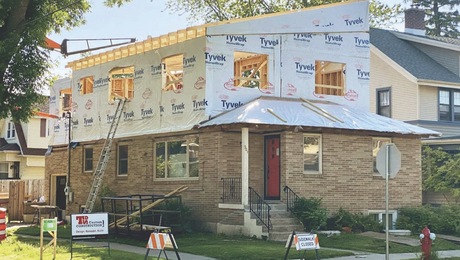



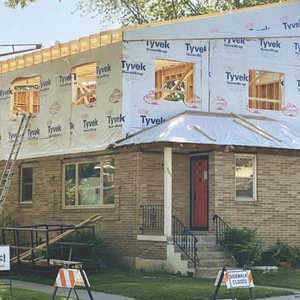
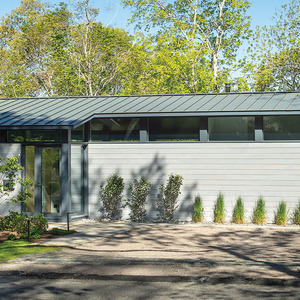



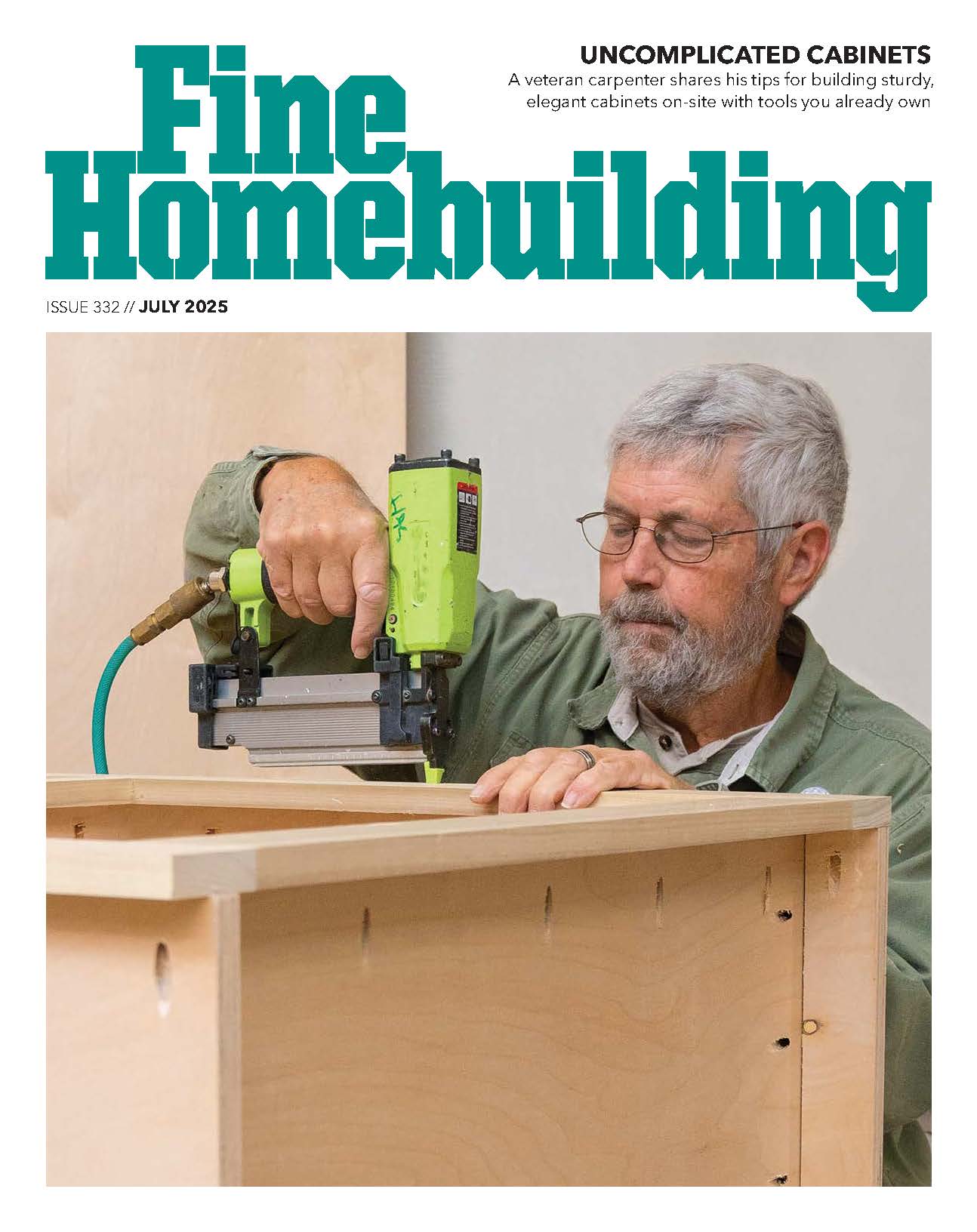
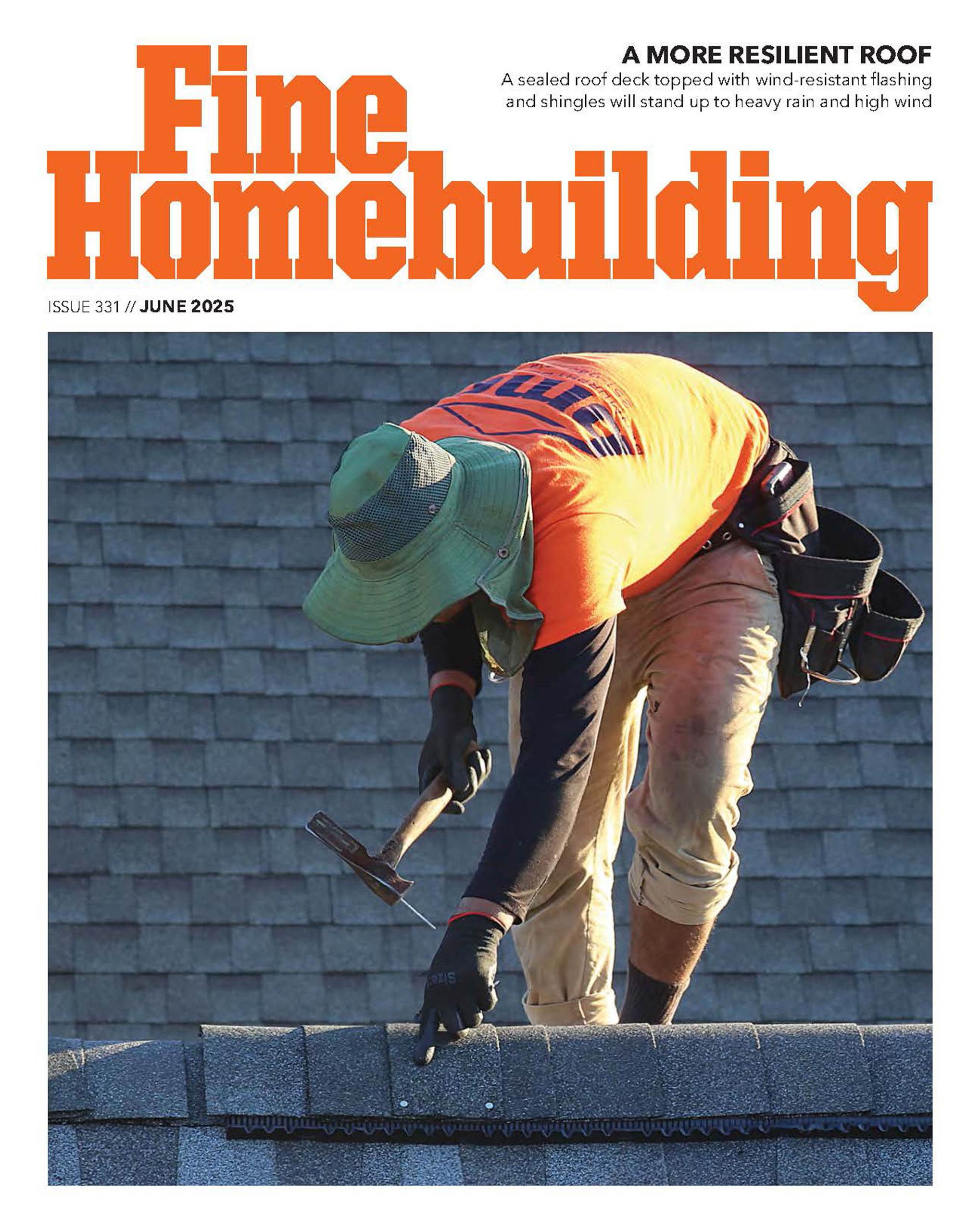








Replies
No real harm in adding more insulation over the old in your situation. I'd go with cellulose, though.
Get rid of the fiberglass
and air-seal the attic floor / downstairs ceiling as completely as you can, using canned spray foam, caulk, backer rod, etc. All of the gaps at the top of wall plates, holes around pipes and wires coming up, electrical boxes for ceiling lights.... everything you can see that could possibly allow air to leak from below into the attic. Build an insulated cover over the attic hatch. Replace can lights with the insulation-contact / air-tight versions. Then have an insulation contractor install baffles around your eave vents and blow in 16" or so of cellulose.
The air sealing is what will keep vapor out of the attic.
If you feel up to it, I would add some kind of draft barrier at the ends of the rafter bays, at the place where the rafter ends sit on the wall sill plate. The draft coming in from the soffit can negate the insulation effects. Also add vent baffles between the rafter bays or make sure new insulation leaves some space for the venting air to travel along the rafter bays to the ridge. The additional insulation should not have kraft paper on it, or put down the insulation paper side up and make cuts in the paper for the moisture to escape.
Cellulose insulation will be better in cutting down on air movement and you can put in more for better insulation now. If you use this, I would make sure the rafter ends are blocked off and baffled so the insulation fall off will not compromise the soffit vents. I read while ago that you can pack the soffic space will cellulose and eliminate the need for venting, but these days I don't see these claims. Only the vapor impermeable spray foam makes this claim, and that is only if rafter bays are sprayed as well so that attic kind of becomes a conditioned space.
By the way, put the new insulation right over the old. Since your old insulation is lower than the attic joists, you want direct contact between the old and new insulation.
The kraft paper on the insulation keeps the moisture from the insulation, but I heard that paper's major role is really absorbing the moisture and releasing it in the drier condition. If you smell no mold under the insulation that is missing the paper, you shouldn't have to worry about those spots. Hope it helps.
I don't see much benefit
in leaving the existing fiberglass. He said it's a couple of inches thick and poorly fitting. If he lays more FG over it, he's going to be leaving all the gaps underneath, which really reduce the effectiveness of insulation. And if he doesn't remove it, he's going to make his air-sealing work a lot harder to do thoroughly, because he can't get a good look at the situation... he'll have to pull back every piece and then put it back in place. The existing insulation is either worthless, or worth less than that.
Which is why it makes a lot more sense to use cellulose.
I did overlook that bit. I probably closed my eyes over that because of all the work that is in the house, removing old insulation is the worst for me. I would advise the HO to set up some sort of power vent to outside if he's doing this. Cutting a hole in the roof to set up a fan wouldn't be out of question for me.
Why should he install a power vent? If he is installing the correct insulation and has adequet passive ventalation there should be no need for a powered system.
He's referring to
a vent fan while actually working in the attic, to keep the insulation fibers from getting too thick in the air.
BTW, he also qualifies for 15% back on insulation materials (a credit on his 2010 taxes) IF he brings it up to current R levels for his zone.